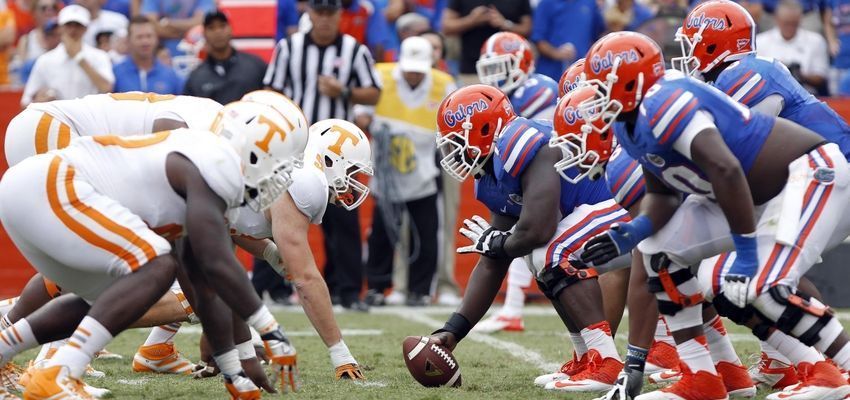|
By Tiago Palmisano
Edited By Bryce Harlan American football is currently undergoing a metamorphosis. The rules, from what constitutes a foul to the distance of an extra-point field goal, seem to fluctuate more than in any other major American sport. And over the brief span of a few years, our conception of the football player seems to have changed as well. A football player is a warrior, the modern-day Hercules, the quintessential conqueror that overcomes any challenge with a display of strength and endurance. But unfortunately, he is not as unbreakable as we used to believe. Chronic traumatic encephalopathy (CTE), for example, is now infamous as a major risk of playing American football. Sadly, new studies demonstrate that the heart may also be a victim of this extremely popular game. Dr. Jeffrey Lin (a cardiac imaging fellow at Columbia University Medical Center) recently presented a portion of his research data at the annual meeting of the American Heart Association. The data, obtained from 87 freshmen, revealed that the systolic blood pressure of collegiate football players increases significantly as the season progresses. Additionally, the thickness of the heart muscle was also significantly larger at the end of the season than at the start. Thickening of the heart muscle is associated with decrease in heart function (it’s counter-intuitive, I know) and so this last finding is not a positive one. These conclusions point to the fact that American football players are at increased risk for hypertension (high blood pressure), despite having above-average athleticism. Although preliminary data such as Lin’s should be taken with a grain of salt, a 2013 study by researchers at Stanford’s medical school arrived at similar results. An interesting finding by both of these investigations is that among the different positions, linemen exhibited the most severe increase in blood pressure. Unlike many other sports, the physique of an American football player varies widely by their specific role. Defensive backs, running backs, and wide receivers are typically lean with low body fat percentages. Quarterbacks usually have a balanced build, and tight ends are slightly more beefy than other receivers. Linemen, on the other hand, have a different physique entirely. These players consist of the offensive and defensive personnel closest to the line of attack, and they are typically the largest and heaviest on the team. Just look at the average NFL running back next to his team’s center and this difference is obvious. This is not to say that linemen are unfit. Ali Marpet sprinted 40 yards in less than 5 seconds at the 2015 NFL combine, and he weighed in at 307 pounds. Yet, despite their superman abilities, linemen are at a greater risk for cardiovascular disease than other players. The 2013 Stanford study illustrates that linemen develop the largest increase in heart wall thickness over the season compared to players in other positions, even when accounting for the differences in body size. Lin’s data corroborates this fact. Of the 87 players in Lin’s study, none had hypertension at the beginning of the season. By the end, however, thirty percent of the linemen had developed high blood pressure, compared to just seven percent of the other players. Lin speculates on the reason for this stark variance, suggesting that the task of linemen during games and practices is not conducive for a healthy heart. Linemen are rarely required to run for more than a few seconds on any given play, instead having to exert tremendous amounts of energy in short bursts as they block or tackle at the line of scrimmage. A focus is therefore placed on anaerobic exercise, which can lead to hypertension if not accompanied by cardio-based aerobic exercise. It is indeed difficult to change the perception of a game that is so embedded into American culture. But we must continue pursue scientific investigations if we want to protect the players from the dangers of football. The brains and hearts of players are of the utmost importance. Efforts are now being made to combat the risks of CTE, and Will Smith’s movie Concussion will hopefully improve its awareness. We should be careful to consider that the heart may need a defense of its own.
0 Comments
Leave a Reply. |
Categories
All
Archives
April 2024
|

